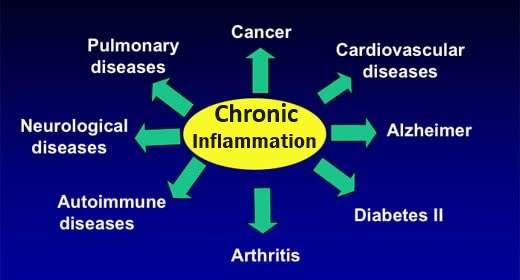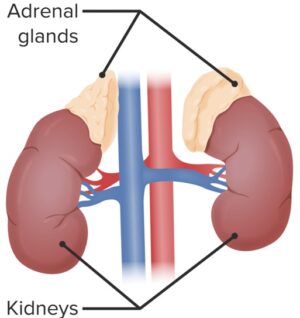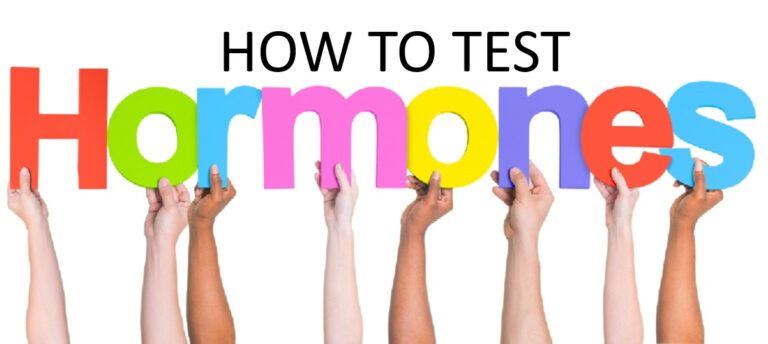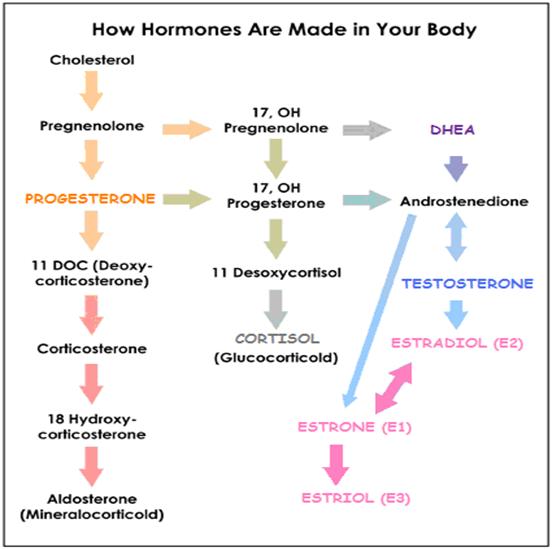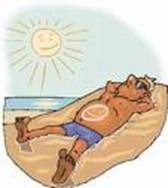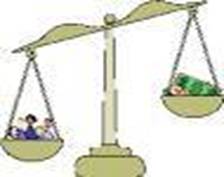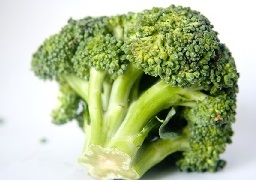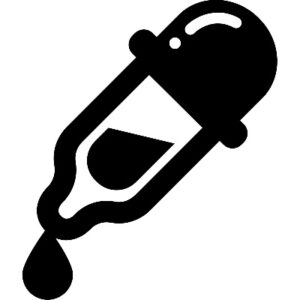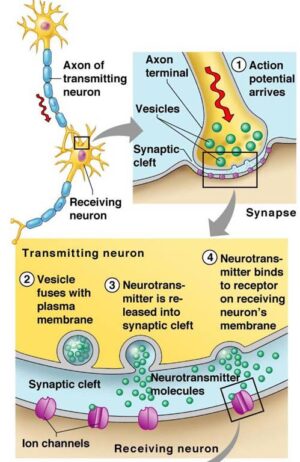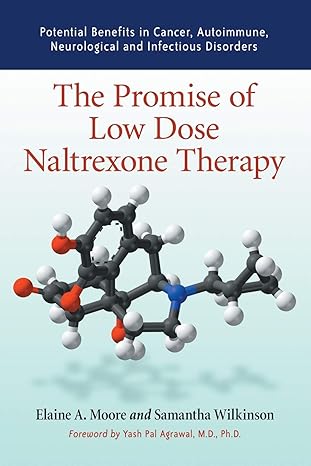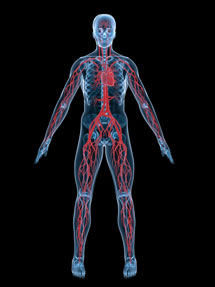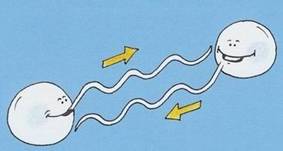DHT (Dihydrotestosterone) - "The Potent Androgen"
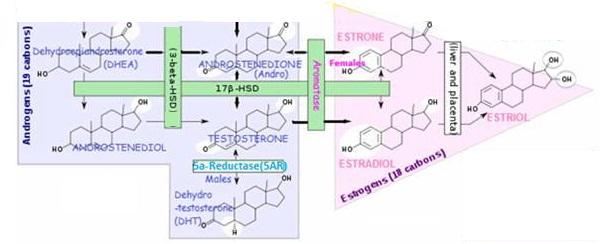
Summary
DHT has three times greater affinity to bind to androgen receptors than TESTOSTERONE – and 15-30 times greater affinity than adrenal androgens. Principles of Orthomolecularism by R. A. S. Hemat. Urotext, 2003
DHT is responsible for:
- Development of male primary sex characteristics during embryo formation – gonads and accessory structures responsible for reproduction;
- Development of secondary sex characteristics in men at puberty – E.g. Deepened voice and facial hair, muscle mass/strength, bone mass.
- Adult male sexual function;
DHT is the main inhibitor of Luteinizing Hormone (LH) release from the pituitary – and since the pituitary contains 5AR activity to convert TESTOSTERONE to DHT, this keeps DHT production in check (by feedback mechanism, since it is stimulated by LH)
Enzyme 5-α reductase (5AR) activity affects DHT production

DHT in men
DHT production
DHT is synthesized mostly by men directly from TESTOSTERONE by 5-α reductase (5AR) enzyme, predominately in:- Men’s testes (main source), prostate gland, seminal vesicles, epididymis – ~ 5% of TESTOSTERONE in men is converted to DHT.
- Hair follicles, skin, and sebaceous glands
- Adrenal glands
Health problems associated with low DHT levels in men
Male hypogonadism (low TESTOSTERONE levels) – a result of testicles not produce enough TESTOSTERONE. Hypogonadism can affect any age, but more likely with:- Older men
- Obesity,
- Obstructive sleep apnea
- HIV / Aids
- Kidney dydfunction, Cirrhosis of the liver or other chronic medical problems
Health problems associated with high DHT levels in men
High DHT levels are involved in several common health problems. Including prostate cancer and benign prostate hyperplasia (BPH):- Excess production of DHT is associated with health problems of its main target organs in men i.e. the prostate and the skin (which includes hair follicles and sebaceous glands). TESTOSTERONE is directly converted to DHT via the 5AR enzyme in these cells, to which they are more responsive than to TESTOSTERONE. Several common health problems include prostate cancer and benign prostate hyperplasia (BPH):
- DHT stimulates sebum production. Providing an ideal environment for propionbacterium acnes to grow and proliferate
- DHT also regulates follicular hyperkeratinization (overproduction of keratin) seen in acne. Adherence of dead skin cell leads to clogging of the skin pores and instigates the formation of comedone (acne lesion).
- Substantial evidence finds that 5AR enzyme activity is considerably higher in acne-prone areas compared to non acne-prone areas. BTW, this is one reason why application of apple cider vinegar deters acne (by removing dead skin cells).
- DHT is the primary contributing factor in Male Pattern Baldness (Androgenetic alopecia – hair loss at crown and temples in men. Although normal amounts of DHT promote hair growth, high DHT levels can cause hair loss. Genetic factors exacerbate the problem.
- A hair follicle contains one strand of hair that develops over 2-6 years (shave it off and it will keep growing out). After a resting phase, the hair falls out and the follicle grows a new hair.
- High levels of DHT can:
- Shrink hair follicles
- Shorten the growing cycle, causing hair to grow out looking thinner / more brittle
- Cause hair to fall out faster and extend the time it takes a follicle to grow new hairs
What Is DHT? What is its Role in Hair Loss? – Medical News TODAY
BPH / Prostate cancer- Excess DHT plays a role in the development and exacerbation of BPH, as well as prostate cancer, by enlarging the prostate gland. Prostate growth and differentiation are highly dependent on sex steroid hormones, particularly DHT. Physicians have noted that men who do not produce DHT do not experience enlarged prostate problems. A 5α reductase (5AR) inhibitor markedly reduces DHT content of prostate and, in turn, reduces prostate size, and in many cases, BPH symptoms.
|
DHT LEVELS |
||
|
SEX |
pg/ml |
|
| Females: | Premenopausal |
24-368 |
| Postmenopausal | 10-181 | |
| Males: | 250-990 | |

DHT in women
DHT production in women
Women produce smaller amounts of DHT:
- Main DHT source for women is ANDROSTENEDIONE. Which is first converted into TESTOSTERONE by 3B-HSD enzyme, and then into DHT by 5AR enzyme; however, in women, ANDROSTENEDIONE is normally a source for estrogens, not androgens
- With lower DHT levels, women normally do not have, for example, facial whiskers, thick skin, male baldness traits, or a deep voice – since women make less androgens than men, and especially since estrogens suppress androgen receptors in the skin, hair follicles and sebaceous glands;
Health problems associated with high DHT levels in women
NOTE: Often, elevated androgen levels are not found in blood or urine. Even when there are high levels in the skin, where excessive androgen production causes problems, such as acne or increased or decreased hair growth.
Women with unusually high DHT levels may develop certain male secondary sex characteristics (physical features that emerge during puberty). Including:
- A deepened voice.
- Hirsutism (facial hair and excessive hair growth in areas where females do not typically grow hair).
PCOS (Polycystic Ovarian Syndrome)
- About 75% of patients with PCOS (by the diagnostic criteria of NIH/NICHD 1990) have evidence of hyperandrogenemia.
- Symptoms of PCOS. Infrequent / light / no periods, anovulation (no ovulation), weight gain / obesity, hirsutism, INSULIN resistance (pre-diabetes; Acanthosis Nigrans – darkening of the skin at the nape of the neck and under arms indicates hyperinsulinemia), acne, male-pattern baldness, multiple small ovarian cysts (sonogram);
- Lack of ovulation causes a PROGESTERONEdeficiency. Since the ovaries do not produce PROGESTERONE in the 2nd half of the menstrual cycle.
Using PROGESTERONE to correct PCOS. If you have PCOS, 15-20 mg of PROGESTERONE cream daily from day 14 to day 28 (adjust for shorter or longer cycle) of your cycle will restore normality.
Acne
- DHT stimulates sebum production. Providing an ideal environment for propionbacterium acnes to grow and proliferate
- DHT also regulates follicular hyperkeratinization (overproduction of keratin) seen in acne. Adherence of dead skin cell leads to clogging of the skin pores and instigates the formation of comedone (acne lesion).
- Substantial evidence finds that 5AR enzyme activity is considerably higher in acne-prone areas compared to non acne-prone areas. BTW, this is one reason why application of apple cider vinegar deters acne (by removing dead skin cells).
Female hair loss
- Female hair loss is more complex than male pattern baldness. DHT is only one of several possible causes. Production rates of dihydroTESTOSTERONE in healthy men and women and in men with male pattern baldness: determination by stable isotope/dilution and mass spectrometry
Congenital Adrenal Hyperplasia
Congenital Adrenal Hyperplasia (CAH)












